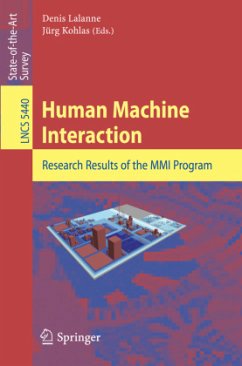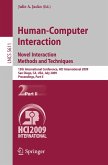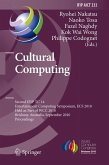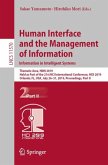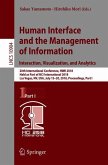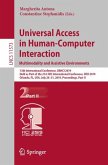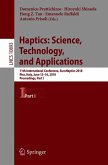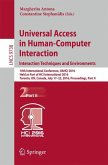Human Machine Interaction, or more commonly Human Computer Interaction, is the study of interaction between people and computers. It is an interdisciplinary field, connecting computer science with many other disciplines such as psychology, sociology and the arts.
The present volume documents the results of the MMI research program on Human Machine Interaction involving 8 projects (selected from a total of 80 proposals) funded by the Hasler Foundation between 2005 and 2008.
These projects were also partially funded by the associated universities and other third parties such as the Swiss National Science Foundation.
This state-of-the-art survey begins with three chapters giving overviews of the domains of multimodal user interfaces, interactive visualization, and mixed reality. These are followed by eight chapters presenting the results of the projects, grouped according to the three aforementioned themes.
The present volume documents the results of the MMI research program on Human Machine Interaction involving 8 projects (selected from a total of 80 proposals) funded by the Hasler Foundation between 2005 and 2008.
These projects were also partially funded by the associated universities and other third parties such as the Swiss National Science Foundation.
This state-of-the-art survey begins with three chapters giving overviews of the domains of multimodal user interfaces, interactive visualization, and mixed reality. These are followed by eight chapters presenting the results of the projects, grouped according to the three aforementioned themes.
From the reviews: "The Hasler Foundation of Switzerland funded a research program that focused on specific subdomains of human-machine interaction ... . This book presents the results of the program's eight projects. ... Overall, the research projects described in the book have produced innovative techniques and technologies that could support humans in important application domains, such as the inclusion of blind people in society. This book well structured and includes illustrations. It could be very useful to readers who are interested in current human-machine interaction research." (George K. Adam, ACM Computing Reviews, January, 2010)

